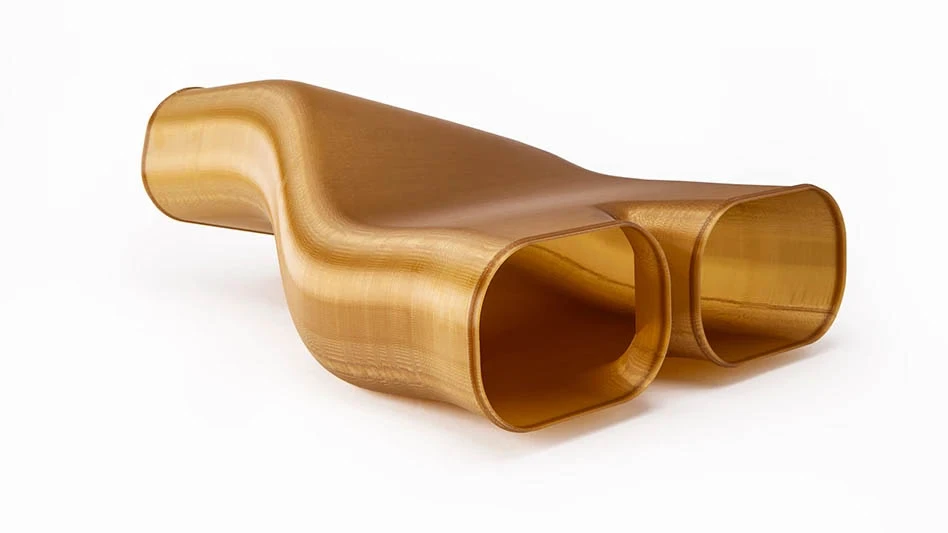
NASA
NASA successfully demonstrated the Orion spacecraft’s launch abort system can outrun a speeding rocket and pull astronauts to safety during an emergency during launch. The test is another milestone in the agency’s preparation for Artemis missions to the moon that will lead to astronaut missions to Mars.
Lockheed Martin designed and built the launch abort system for the test and is also the prime contractor building the Orion spacecraft for NASA.
During the approximately three-minute test, called Ascent Abort-2, a test version of the Orion crew module launched at 7 a.m. EDT July 2, 2019, from Space Launch Complex 46 at Cape Canaveral Air Force Station in Florida on a modified Peacekeeper missile procured through the U.S. Air Force and built by Northrop Grumman.
The test flight carried the launch abort system and a 22,000 lb. Orion test vehicle to an altitude of 31,000ft at Mach 1.3 (more than 1,000mph), where it experienced high-stress aerodynamic conditions expected during ascent. On-board computers initiated the abort sequence, and within milliseconds, the abort motors, weighing 16,000 lb. and generating 400,000 lb. of thrust, then pulled the Orion capsule away from the rocket. The attitude control motor flipped the capsule end-over-end to properly orient it, and then the jettison motor fired, releasing the unoccupied crew module for splashdown in the Atlantic Ocean. The total test took less than three minutes.
"The test flight performed perfectly, not to mention it was really exciting to watch," said Mike Hawes, Orion program manager for Lockheed Martin Space. "Hopefully this will be the last time we see this launch abort system ever work, but this test brings confidence that if needed on future Orion missions, it will safely pull the crew module and astronauts away from a life-threatening event during launch."
This is the second time the Orion launch abort system has been put to the test. It was the final test and demonstration of the full-up launch abort system. The first flight test was in 2010 simulating a static abort from the launch pad.
“We're building the most powerful rocket in the world to send astronauts to the moon in the Orion spacecraft for Artemis missions,” said Bill Hill, deputy associate administrator for Exploration Systems Development at NASA Headquarters in Washington. “With this exploration system designed to safely carry humans farther into space than ever before, we'll also have an equally powerful launch abort system that will pull the crew away if there is a problem with the rocket during the early portion of ascent.”
Mark Kirasich, Orion program manager at Johnson Space Center in Houston, said, “This test mimicked some of the most challenging conditions Orion will ever face should an emergency develop during the ascent phase of flight.”
"As NASA's largest services provider, we collaborate internally and partner with NASA to deliver mission-tailored solutions that enable safe exploration of the moon and beyond," said Jacobs Aerospace, Technology and Nuclear Senior Vice President Steve Arnette.
Working with NASA, the Jacobs team played a crucial support role across five NASA centers in every project phase of test, including design, development, fabrication, integration of crucial avionics and data collection systems, final launch processing and integration, and launch operations. Jacobs will also play a major role in full analysis of launch and test data captured from sensors and instruments for the mission. A total of 12 data recorders were ejected during the test capsule’s descent. Analysis of the information will provide insight into the abort system’s performance.
NASA was able to accelerate the test schedule and lower costs by simplifying the test spacecraft and eliminating parachutes and related systems. NASA already qualified the parachute system for crewed flights through an extensive series of 17 developmental tests and eight qualification tests completed at the end of 2018.
Engineers are making progress building and testing the Orion spacecraft for Artemis 1, the first uncrewed mission with the SLS rocket – an integrated system traveling thousands of miles beyond the moon – and for Artemis 2, the first mission with astronauts.
The Orion crew and service modules are being readied for testing at the NASA’s Plum Brook Station in Sandusky, Ohio, later this year in preparation for a 2020 launch.
The crew module for Artemis 2 is being outfitted with thousands of elements – from bolts and strain gauges to parachutes and propulsion lines.
The agency recently reached major milestones for the SLS rocket, assembling four of the five parts that make up the massive core stage that will launch Artemis 1 and delivering the four engines that will be integrated into the core stage, along with the engine section, later this summer. When completed, the entire core stage will be the largest rocket stage NASA has built since manufacturing the Saturn V stages for NASA’s Apollo lunar missions in the 1960s.
Orion is part of NASA’s backbone for deep space exploration, along with the SLS and Gateway, that will land the first woman and next man on the moon by 2024. Through the Artemis program, the next American moon walkers will depart Earth aboard Orion and begin a new era of exploration.
Latest from Aerospace Manufacturing and Design
- July is for learning – so drop in for this month’s second Manufacturing Lunch + Learn
- Essential strategies to protect your data
- NASA selects instruments for Artemis lunar terrain vehicle
- Twin-cutter boring head
- Bell awarded funding for X-plane build phase of SPRINT program
- Shaft coupling clamps
- #46 Lunch + Learn Podcast with SMW Autoblok
- Gleason Corp. acquires the Intra Group of Companies





